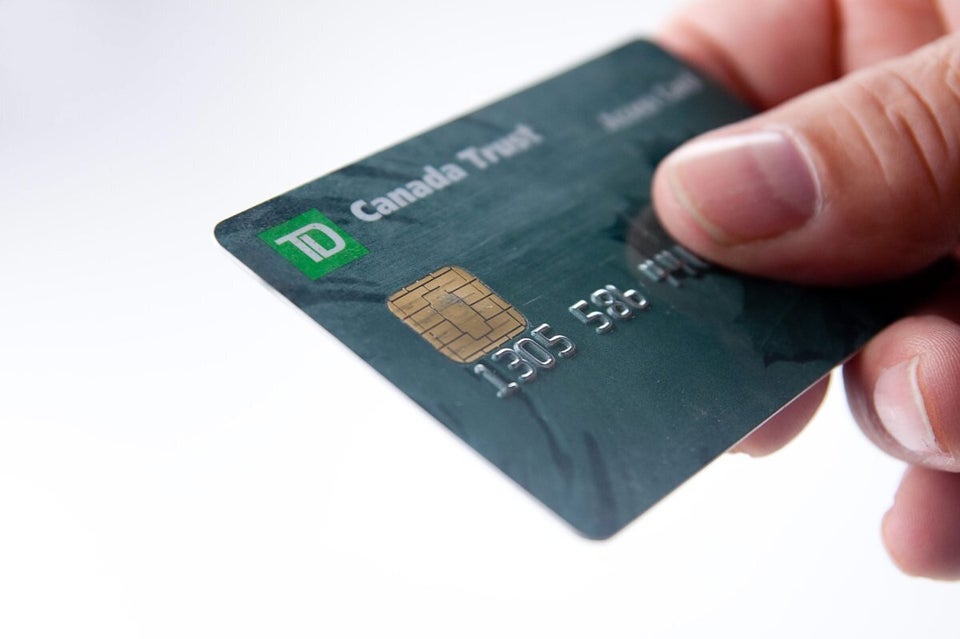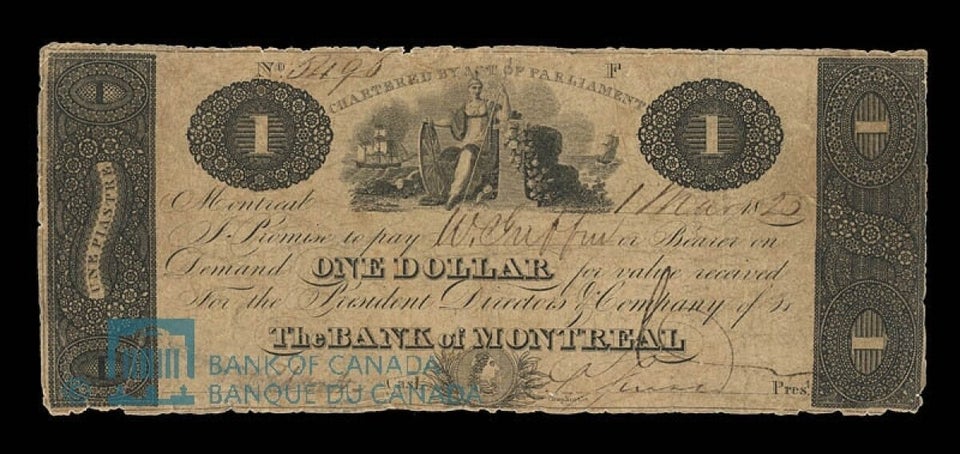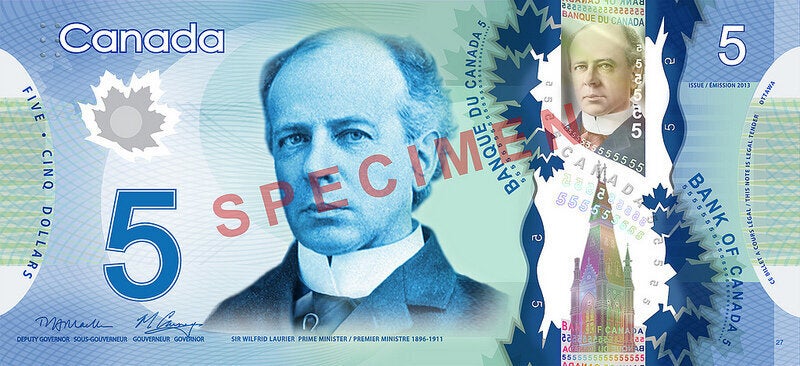
A recent article in Wired magazine spotlighting Canada’s Interac system declares that Canada will beat the United States to becoming a cashless society.
The article argues that the not-for-profit Interac, run by Canada’s major banks, is a major innovation that’s unknown in many countries, including the U.S., that makes the elimination of cash both desirable and affordable.
But conspiracy theorists have long argued that the elimination of cash in favour of digital currency will be a major step towards the creation of a police state, as every single monetary transaction will now be traceable.
Yet is that a major concern for consumers? Recent research suggests many people are already effectively living in a cashless world, choosing credit cards, bank cards and online shopping over the old dollar bill.
And, beyond Wired’s exultation of Interac, Canada has been undertaking a variety of initiatives that are bringing us closer to a cashless society.
Here’s a breakdown of the seven signs Canada is moving to a cashless society. (Text version below slideshow.)
7. Canada is tops for paying by card
Nowhere do people pay with plastic more than in Canada. An RBS report from 2011 found that paying by plastic -- credit, debit and bank cards -- amounts to 40 per cent of transactions, on average, across world economies. But the rate in Canada was 68 per cent, making the country the world leader in plastic payment.
6. We’re getting rid of the penny
Observers in the U.S. and elsewhere declared Canada a trailblazer when the Harper government announced in its budget this year that it’s eliminating the penny. Canada isn’t the first to do this -- Australia got rid of its penny decades ago, for instance, and various currencies around the world often eliminate their lowest denominations due to inflation. But the decision to kill the copper coin is nonetheless a sign that physical currency is less important to the economy than it used to be -- and central banks are beginning to notice the costs involved with it.
5. Our dollar bills are going high-tech
Even our paper money is turning plastic. The Bank of Canada unveiled Canada’s first plastic bill -- a new $100 -- last fall. The $50 bill went plastic this past March, and the $20 followed quickly in May. The plastic bills are meant to be more durable and include a variety of new security features, including a translucent strip. But they’ve already been through a few controversies: One involved the discovery that the new plastic bills may melt in heat; another involved a controversial decision by the BoC to eliminate an “Asian-looking” person from the original design of the $100 bill.
4. The Mint is going digital
Perhaps the elimination of the penny made the Royal Canadian Mint realize that the age of physical coins may be coming to an end. The agency responsible for Canada’s coins launched a new project this spring, called “MintChip,” in which it’s researching the creation of a “digital coin” shoppers could use for transactions under $10. On its face, the idea is similar to BitCoin, the virtual currency, but when a national mint develops something like this, it’s a clear sign we’re into a new era when it comes to money.
3. Canadians are ready to go cashless (apparently)
A study carried out by Leger Marketing for PayPal earlier this year found that 71 per cent of Canadians are comfortable with never having to use cash to make purchases, up a stunning 44 percentage points from 2011, when only 27 per cent of Canadians said the same. We’re going to go out on a limb and suggest this survey could be somewhat unreliable, but another survey, carried out by RBC this spring, found that three-quarters of women and two-thirds of men typically carry less than $50 in their wallet and rely on electronic transactions for purchases.
2. Interac
As Wiredpoints out in this gushing article, Canada’s Interac system is a world-leading digital currency system. Nothing like it exists in the U.S., where you can pay by debit card at the cash register or pay user fees at a bank machine. While other countries have proprietary trading systems owned by banks, forcing withdrawal fees on customers and costs on retailers, the not-for-profit Interac costs so little it overtook cash as the preferred method of payment for Canadians all the way back in 2000.
1. Interac for the mobile era
The Canadian Bankers association is working on a unified, standardized system for smartphone payments in Canada -- something that could well evolve into an “Interac for the smartphone age.” Experts say that before smartphone payment can become standard, the phones themselves have to be equipped with Near Field Communication which allows phones to be swiped near readers to complete a transaction. Analysts say that technology is only a few years off.
Also on HuffPost


